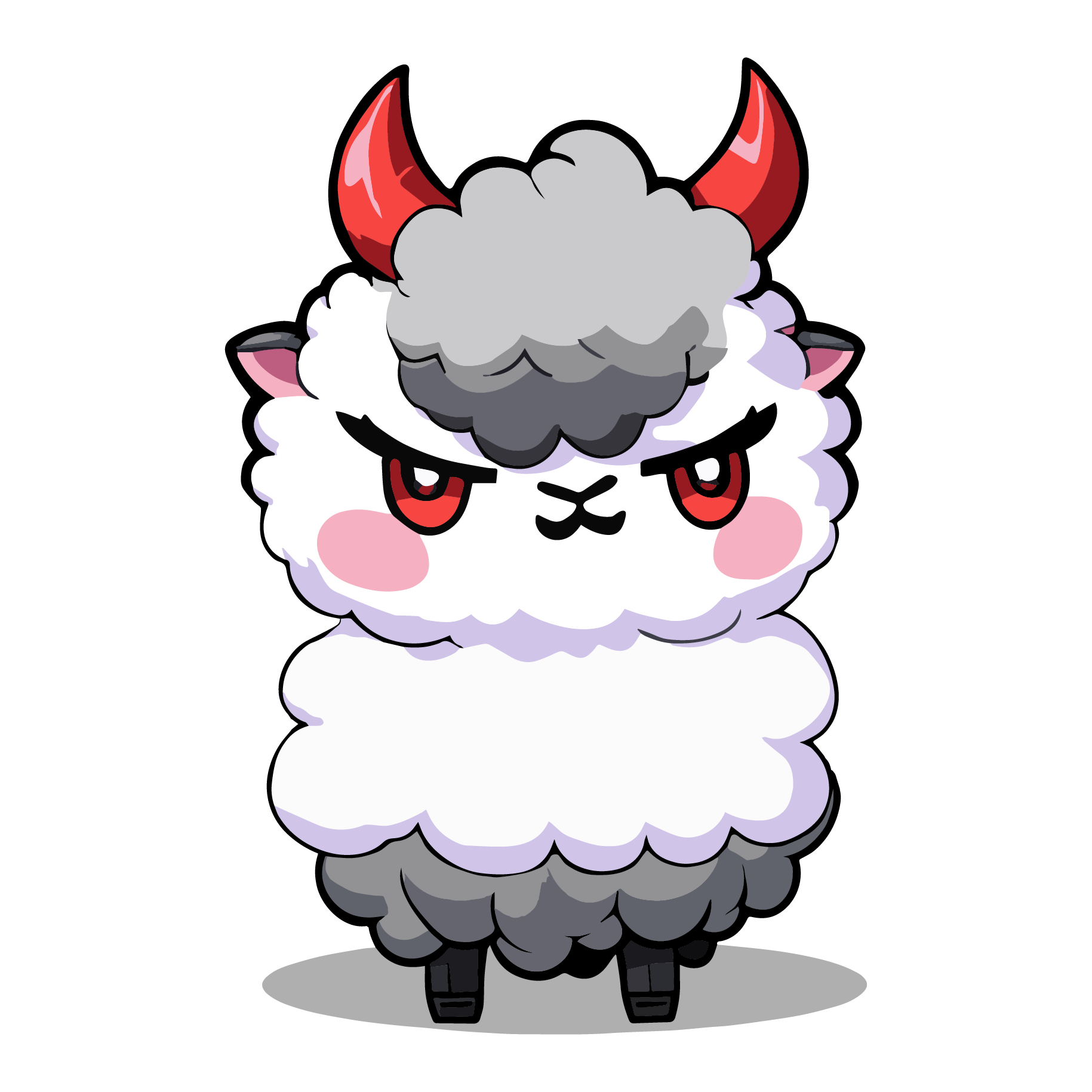license: artistic-2.0
MEET BLACKSHEEP ~ With Vision:
Example Conversation:
Funny enough I trained it to answer who created it, and it was all fine and good, uncensored, unaligned, exactly what BlackSheep is known for, but man, when I changed my USER name to my handle, it got real affectionate!
- Might be fun for RolePlay or Well just having someone to talk to that wont judge, or might judge?! >:)

Prompt Template
<|`BlackSheep`|>
My Opinion: Black Sheep must comment on the image (not describe the image) based on the context of the entire chat history.
<|`BlackSheep`|>
<|user|>\n
Stop Tokens
"<s>", "<|im_start|>", "<|im_end|>", "You:"
NOTE: You: is in reference to your characters you dont want the ai to talk for as it does tend to continue conversations if you dont got the stop tokens.
The dataset is all conversations and comments about images by human curators who have contributed.
Chat Format
Given the nature of the training data, the Phi-3-Vision-128K-Instruct model is best suited for a single image input wih prompts using the chat format as follows. You can provide the prompt as a single image with a generic template as follow:
<|user|>\n<|image_1|>\n{prompt}<|end|>\n<|assistant|>\n
where the model generates the text after <|assistant|> . In case of multi-turn conversation, the prompt can be formatted as follows:
<|user|>\n<|image_1|>\n{prompt_1}<|end|>\n<|assistant|>\n{response_1}<|end|>\n<|user|>\n{prompt_2}<|end|>\n<|assistant|>\n
Sample inference code
This code snippets show how to get quickly started with running the model on a GPU:
from PIL import Image
import requests
from transformers import AutoModelForCausalLM
from transformers import AutoProcessor
model_id = "Disobedient/BlackSheep-Vision"
model = AutoModelForCausalLM.from_pretrained(model_id, device_map="cuda", trust_remote_code=True, torch_dtype="auto", _attn_implementation='flash_attention_2') # use _attn_implementation='eager' to disable flash attention
processor = AutoProcessor.from_pretrained(model_id, trust_remote_code=True)
messages = [
{"role": "user", "content": "<|image_1|>\nWhat is shown in this image?"},
{"role": "assistant", "content": "The chart displays the percentage of respondents who agree with various statements about their preparedness for meetings. It shows five categories: 'Having clear and pre-defined goals for meetings', 'Knowing where to find the information I need for a meeting', 'Understanding my exact role and responsibilities when I'm invited', 'Having tools to manage admin tasks like note-taking or summarization', and 'Having more focus time to sufficiently prepare for meetings'. Each category has an associated bar indicating the level of agreement, measured on a scale from 0% to 100%."},
{"role": "user", "content": "Provide insightful questions to spark discussion."}
]
url = "https://assets-c4akfrf5b4d3f4b7.z01.azurefd.net/assets/2024/04/BMDataViz_661fb89f3845e.png"
image = Image.open(requests.get(url, stream=True).raw)
prompt = processor.tokenizer.apply_chat_template(messages, tokenize=False, add_generation_prompt=True)
inputs = processor(prompt, [image], return_tensors="pt").to("cuda:0")
generation_args = {
"max_new_tokens": 500,
"temperature": 0.0,
"do_sample": False,
}
generate_ids = model.generate(**inputs, eos_token_id=processor.tokenizer.eos_token_id, **generation_args)
# remove input tokens
generate_ids = generate_ids[:, inputs['input_ids'].shape[1]:]
response = processor.batch_decode(generate_ids, skip_special_tokens=True, clean_up_tokenization_spaces=False)[0]
print(response)
Additional basic examples are provided here.
How to finetune?
We recommend user to take a look at the Phi-3 CookBook finetuning recipe for Vision
